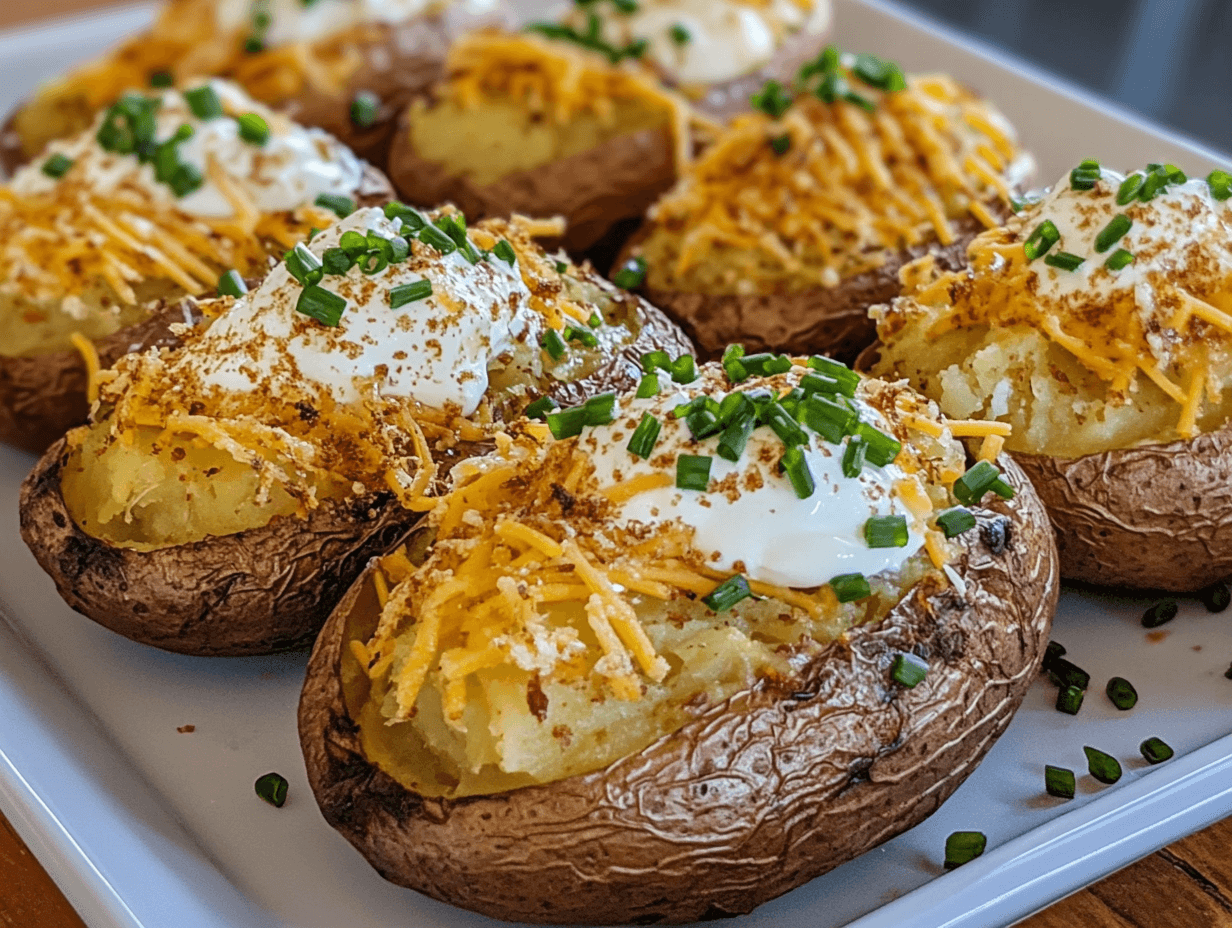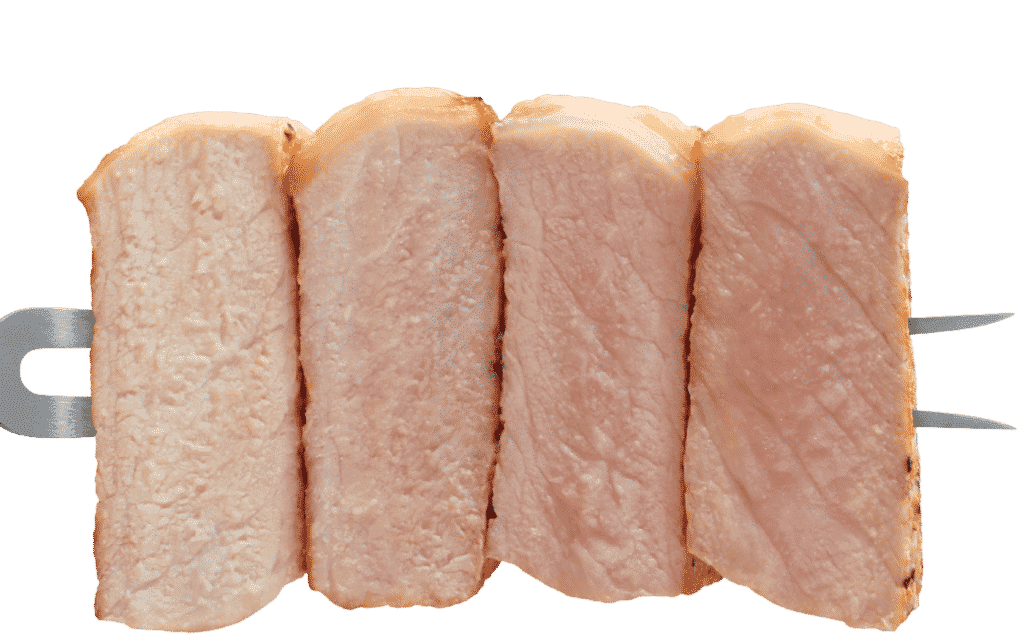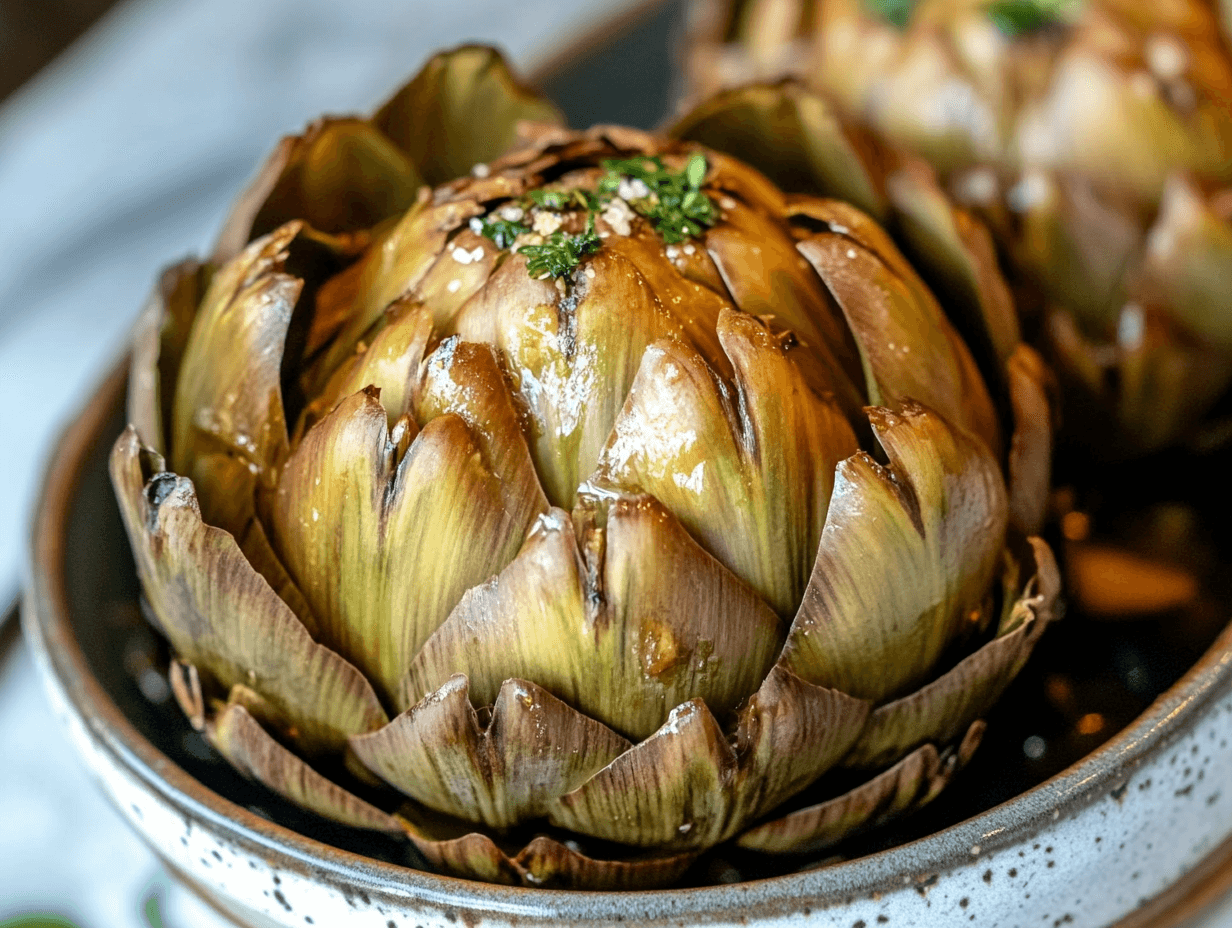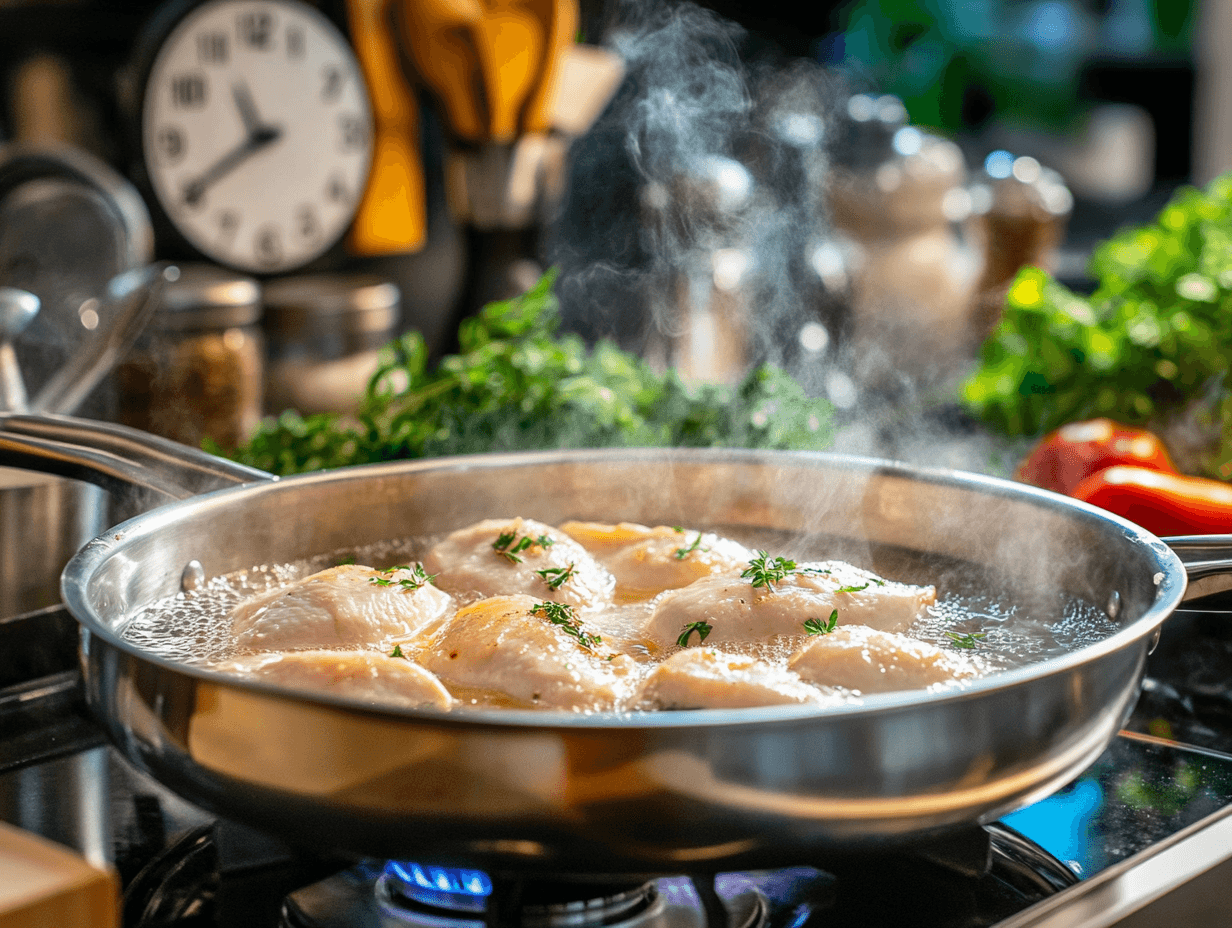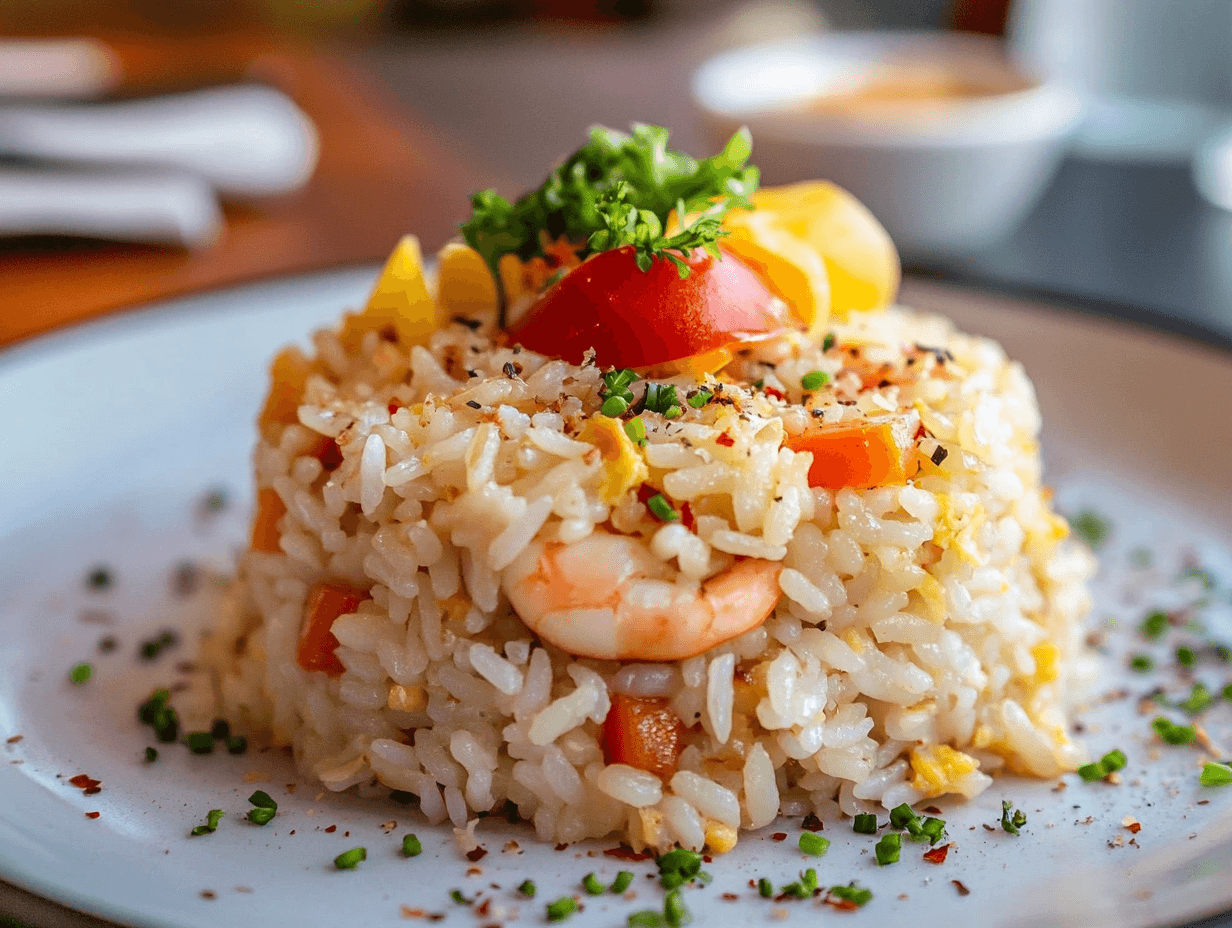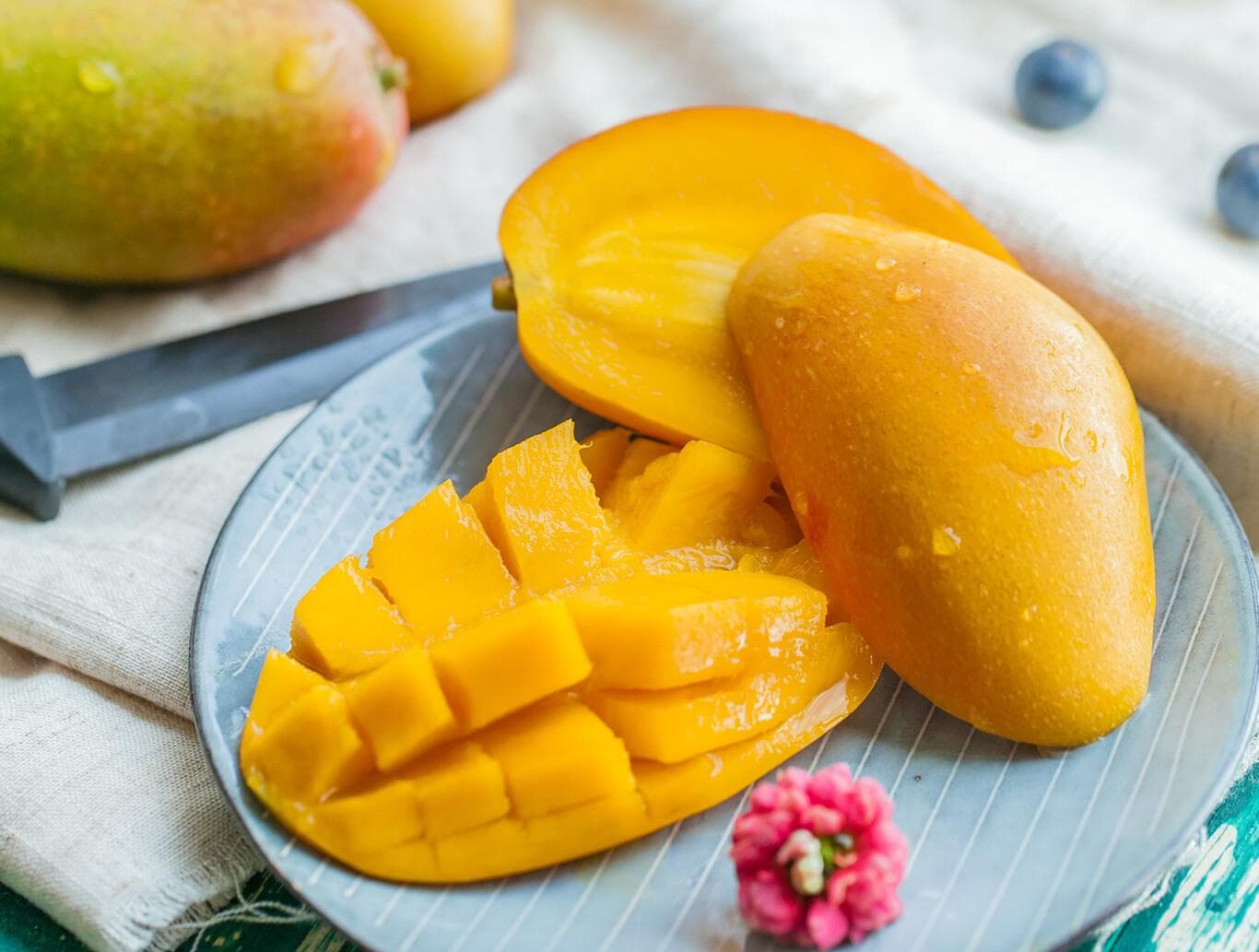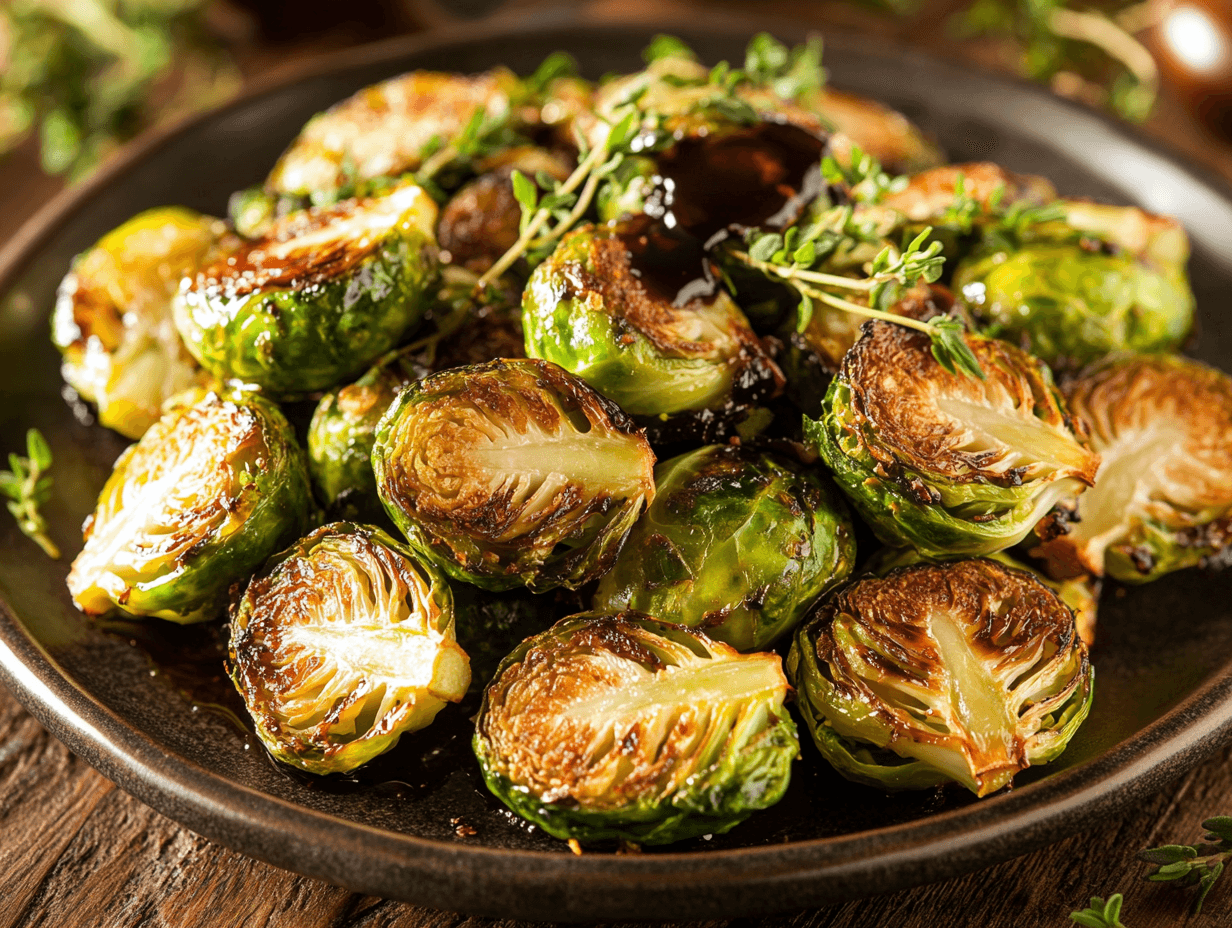It's Hard to Beat a Perfect Baked Potato!
A well-baked potato is a simple yet delicious culinary delight. When baked correctly, the skin becomes crispy while the inside turns soft and fluffy, offering a contrast of textures that's hard to match. Additionally, baked potatoes are incredibly versatile and can be served as a side dish or as a main course, depending on the additional ingredients you choose. The key to achieving that perfection lies in the details: the type of potato, the baking time and temperature, and the methods used. Throughout this article, we'll guide you step by step so you can bake the perfect potato every time.

Tips for Preparing Baked Potatoes
- To achieve the perfect baked potato, it's essential to start with good preparation. A few simple steps will ensure that the result is delicious.
- Wash the potatoes thoroughly under running water to remove all dirt and residues. Use a soft brush if necessary to scrub the skin, keeping it intact.
- Dry the potatoes with a clean towel to remove any excess water. Then, make small cuts or pricks with a fork on the surface to allow steam to escape during baking.
- Rub the potatoes with a bit of olive oil and coarse salt to enhance the flavor and help the skin become crispy. This will give the potato an irresistible exterior texture.
With these simple tips, you'll be ready to bake the potatoes optimally, ensuring exceptional texture and flavor.

Should You Wrap Potatoes in Aluminum Foil?
Wrapping potatoes in aluminum foil is a common technique, but it’s not always necessary. If you choose to wrap them, the skin of the potatoes will become softer and more moist, which is ideal if you prefer a more delicate texture. This method can also help retain more moisture during baking, resulting in a creamier interior.
On the other hand, baking potatoes without wrapping allows the skin to become crispy and golden. This is perfect if you enjoy a crispy skin that contrasts with the soft interior. To enhance the flavor and texture, you can rub the potatoes with a bit of oil and salt before baking. In the end, the choice to wrap or not depends on your personal preferences and the result you want to achieve.

What’s the Best Type of Potato for Baking?
Choosing the right type of potato is crucial for getting the best results when baking. Some varieties stand out for their texture and flavor when baked, making them ideal for this cooking method.
- Russet potatoes, also known as Idaho, are the most recommended for baking. They have a thick skin and a high starch content, resulting in a soft and fluffy interior after baking.
- Yukon Gold potatoes are another good option, especially if you prefer a creamier interior. Although their skin is thinner than Russets, they can still achieve a crispy texture if baked without wrapping.
- Avoid waxy varieties like red potatoes or new potatoes, as they have a low starch content and tend to be firmer and less fluffy when baked.
Choosing the right potato variety will make all the difference, allowing you to enjoy a perfectly cooked and delicious baked potato.

Ideal Time and Temperature for Baking a Potato
Time and temperature are key factors in achieving a perfectly baked potato. The ideal temperature for baking a potato is 400°F (200°C), which allows it to cook slowly and evenly. At this temperature, the heat penetrates properly, ensuring a crispy skin and a soft, fluffy interior.
The baking time varies depending on the size of the potato, but it generally takes between 45 minutes to 1 hour. For larger potatoes, it may take up to 75 minutes. To ensure the potato is cooked, insert a knife or fork into the center; if it slides in easily without resistance, the potato is ready to serve.

Methods for Baking a Potato
There are different ways to bake a potato, and each method has its advantages depending on the time available and the desired result. Below, the two most common methods are described: conventional oven and microwave.
Conventional Oven
Ingredients:
- Potatoes (Russet or Yukon Gold)
- Olive oil (2 tablespoons per potato)
- Coarse salt (1 teaspoon per potato)
- Toppings to taste (butter, sour cream, cheese, chives, etc.)
Instructions:
Step 1: Preheat the oven to 400°F (200°C). It’s essential that the oven is fully heated before placing the potatoes inside to ensure even and proper cooking. During preheating, you can prepare the potatoes by making sure they are clean.
Wash the potatoes carefully under running water, using a soft brush if necessary to remove any dirt or residue from the skin. Do not peel the potatoes; the skin is important for maintaining texture and flavor during cooking. Make sure to dry them thoroughly with a clean towel to prevent excess moisture from interfering with cooking.

Step 2: Once dry, rub them with about 2 tablespoons of olive oil, ensuring the entire surface of each potato is covered. The oil not only enhances flavor but also helps the skin to become golden and crispy during baking. This step is crucial to achieving that desired texture on the skin.
After applying the oil, sprinkle one teaspoon of coarse salt over each potato. The salt not only adds flavor but also contributes to making the skin crunchier. Make sure to distribute the salt evenly so that each bite has the perfect balance of flavors.

Step 3: Place the potatoes directly on the oven rack or on a baking sheet. It’s important to leave enough space between the potatoes for hot air to circulate properly, which helps in even cooking. This step ensures that the potatoes do not become soggy underneath and cook evenly.
Bake the potatoes for 45 minutes to 1 hour, depending on the size. Larger potatoes may require up to 75 minutes. Halfway through cooking, turn the potatoes to ensure that all sides cook evenly, resulting in a crispy skin all around.

Step 4: To check if the potatoes are done, insert a knife or fork into the center of one. If the utensil slides in easily without resistance, the potatoes are perfectly cooked and ready to serve. This is the key moment to ensure the potatoes have the desired texture.
Once cooked, remove the potatoes from the oven and let them cool slightly before cutting. This makes them easier to handle and allows the toppings to absorb better into the interior. Serve the potatoes with the toppings of your choice, such as butter, sour cream, cheese, or chives, and enjoy their delicious flavor.

Microwave
Ingredients:
- Potatoes (Russet or Yukon Gold)
- Olive oil (optional, 2 tablespoons per potato)
- Coarse salt (optional, 1 teaspoon per potato)
- Toppings to taste (butter, sour cream, cheese, chives, etc.)
Instructions:
Step 1: Wash and dry the potatoes, ensuring they are completely clean before cooking. This step is crucial even if you are using the microwave, as any dirt could affect the final flavor. Although oil and salt are optional in this method, they can significantly improve texture.
Make a few pricks in the skin of the potatoes with a fork. These pricks allow steam to escape during cooking, preventing the potatoes from exploding inside the microwave. It’s a simple but essential step to avoid unpleasant surprises.

Step 2: Place the potatoes directly in the microwave, without the need to cover them. Cook the potatoes at full power for 5 minutes. This first phase of cooking helps soften the potato, preparing its interior for the final cooking phase.
After the first 5 minutes, carefully remove the potatoes and turn them over. This ensures they cook evenly on all sides. Return them to the microwave and cook for another 5 to 10 minutes, depending on the size of the potatoes and the power of your microwave.

Step 3: Check if the potatoes are fully cooked by inserting a knife or fork into the center. If the utensil slides in without difficulty, the potatoes are ready. If you still feel resistance, cook in 1-minute intervals until they are completely tender and soft.
Once cooked, let the potatoes rest for 2 minutes in the microwave before removing them. This resting time allows the residual heat to finish cooking the potatoes, ensuring the interior is fully tender and ready to serve.

Step 4: Remove the potatoes from the microwave and let them cool slightly before serving. This not only makes them easier to handle but also allows the toppings to absorb better. You can open the potatoes and add the toppings of your choice, such as butter, sour cream, cheese, or chives, to enhance their flavor.
Serve the potatoes immediately to enjoy their best texture and flavor. If you prefer a crispier skin, you can brown the microwaved potatoes in a conventional oven or in a skillet for a few minutes.

Toppings for Baked Potatoes
A baked potato is delicious on its own, but the right toppings can take it to the next level, turning it into a complete meal or a standout side dish. Below are some classic and creative ideas for topping your baked potatoes.
Classics:
- Butter and salt: The simplest and most traditional option. The melted butter on the hot potato enhances its natural flavor, while the coarse salt adds a crunchy touch.
- Sour cream and chives: This topping adds a mild acidity that perfectly complements the softness of the potato. Fresh chives add a touch of color and a slight onion flavor.
- Shredded cheese and bacon: An indulgent combination that turns any potato into a real treat. The cheese melts on the hot potato, and the crispy bacon bits add an irresistible texture.

Creative:
- Guacamole and pico de gallo: For a fresh and vibrant touch, add creamy guacamole and some pico de gallo. This combination not only adds flavor but also a colorful presentation.
- Chili con carne and cheddar cheese: Transform your potato into a complete meal by adding chili con carne and shredded cheddar cheese. This topping is ideal for cold days or when you need a comforting meal.
- Hummus and roasted vegetables: For a healthier option, spread hummus on the potato and add roasted vegetables. The hummus provides a creamy, protein-rich base, while the vegetables add texture and flavor.

Gourmet:
- Truffle oil and parmesan: If you want something more sophisticated, try a drizzle of truffle oil and grated parmesan cheese. The truffle oil adds an earthy, deep flavor, while the parmesan offers a salty, umami touch.
- Smoked salmon and dill: For a luxurious topping, combine smoked salmon with a touch of fresh dill and a spoonful of sour cream. This mix offers a delicate and elegant flavor that impresses.
- Gorgonzola and walnuts: Gorgonzola, with its strong, creamy flavor, pairs perfectly with the crunchy texture of walnuts. Together, they create a topping that is both satisfying and full of character.

With these toppings, your baked potatoes will go from being a simple dish to a versatile and delicious culinary experience.
What’s the Best Way to Store a Baked Potato?
Properly storing a baked potato is key to maintaining its texture and flavor. After baking the potatoes, it’s important to let them cool to room temperature before storing them. It’s not recommended to place hot potatoes directly in the refrigerator, as this can create condensation, causing the skin to lose its crispy texture and become soft. Once cool, wrap them individually in aluminum foil or place them in an airtight container to prevent them from absorbing odors or flavors from other foods in the refrigerator.
Store the wrapped potatoes or the container in the refrigerator, where they will stay fresh for up to 3 to 5 days. When you’re ready to enjoy them again, simply reheat the potatoes in the oven at 350°F (175°C) for about 15-20 minutes to regain their crispy texture, or in the microwave if you prefer a quicker option. Reheating them properly will ensure they retain their original flavor and quality.

Frequently Asked Questions
Q: What’s the best type of potato for baking?
A: Russet (Idaho) potatoes are the top choice because of their thick skin and fluffy interior. Yukon Golds also work well if you prefer a creamier texture. Avoid waxy potatoes, as they stay too firm.
Q: Should I wrap my potatoes in foil when baking?
A: Wrapping in foil makes the skin soft and moist, while baking without foil produces crispier skin. The choice depends on whether you prefer tender or crunchy potato skins.
Q: How long does it take to bake a potato in the oven?
A: At 400°F (200°C), potatoes usually take 45 to 60 minutes depending on size. Larger potatoes may take up to 75 minutes. Always test doneness with a fork or knife.
Q: How should I store leftover baked potatoes?
A: Let them cool, then wrap in foil or store in an airtight container in the fridge. They stay fresh for 3–5 days. Reheat in the oven for crispy skin or in the microwave for speed.
